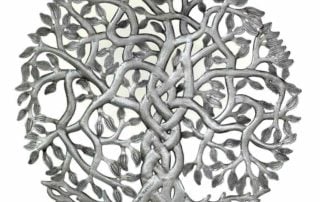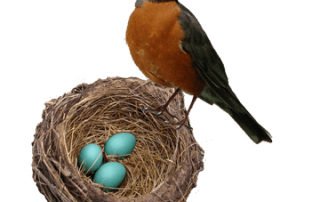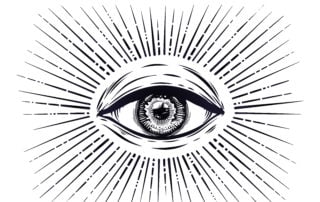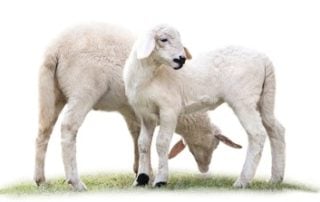Divine Fine-Tuning and the Evolution of Physical Laws
By Alexander Poltorak Introduction The relationship between the laws of physics and the conditions necessary for life is among the most profound mysteries in both science and theology. Physicists have long wrestled with the so-called “fine-tuning problem,” which highlights that even minute deviations in the fundamental constants could render the universe barren. Some interpret this precision as mere happenstance or the product of countless alternate universes—a multiverse; others envision an evolutionary process acting on cosmic laws themselves. Traditional Jewish sources offer yet another perspective, suggesting that G‑d created and destroyed multiple universes—each with distinct configurations—before settling on the life-supporting cosmos we inhabit. In this essay, we examine the fine-tuning problem alongside theories of evolving physical laws, as well as classical and mystical teachings on the Tabernacle (Mishkan) as a microcosm of creation. By [...]





